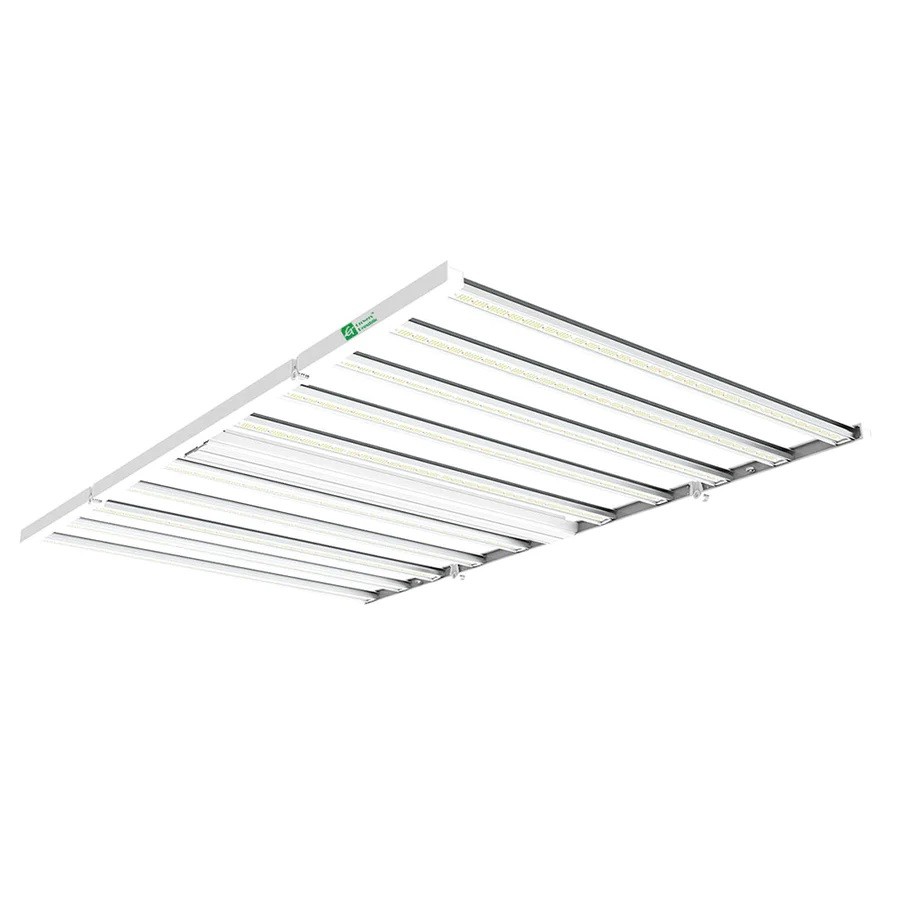
Phone Number : 001-904-601-6578
August 17, 2022

Ultra Violet (UV) light plays a significant role in all aspects of plant growth. Plants, in their natural environments, are exposed to natural sunlight which includes UVA and UVB light. Many of the lights used for indoor plant growth produce very small amounts of UV and some produce none at all.
![]()
Ultraviolet light is a type of electromagnetic radiation present in natural sunlight. This light is broken up into three different sections of wavelengths:
UVA = 400-315nm
UVB = 315-280nm
UVC = 280-100nm
Natural sunlight produces these three sections of UV, however, UVC is not naturally present on earth because the atmosphere blocks the extremely harmful light from reaching the earth’s surface. Manufactured UVC is used in small doses to sanitize the air in places such as hospitals.
![]()
Natural Sunlight Spectrum
Think of what happens to your skin when you are exposed to the sun for long periods of time. It begins to burn and sweat. Plants are no different. UV light activates a plant’s defense mechanisms. UV causes plants to produce oils, antioxidant vitamins and flavonoids to protect themselves from the damaging effects of UV. These compounds produce the vibrant colors, smells and tastes of plants.
When the correct amount of UV is present, it:
Keep in mind lighting measurements such as lumens, PPF and kelvin temperature do not measure UV (PBF includes UV). Only a UV meter or a spectral distribution chart can provide information on UV output.
Enter Your Message